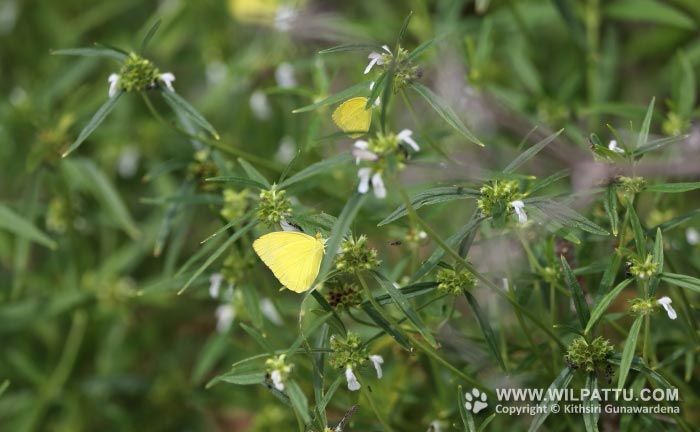
Wild Flowers ‹‹ Go Back
This is a very common species found all over dry and wet lowlands up to mid hills. Despite its name the species is not an endemic species. It is found throughout South and Southeast Asia.
The conservation status of this species is regarded as Least Concerned (National Red List 2012).
This plant producers flowers throughout the year and is very common in open sandy areas of the dry zone. It is also seen in paddy fields, open grasslands and along roads up an altitude of about 1,700 meters from sea level. The tender leaves, despite its bitter taste and strong aroma, is cooked and eaten as a vegetable.
The leaves and roots of this species are also used in Ayurveda medicine to treat Anorexia, Flatulence, Colic, Skin Disease, Wonds and Sores, Itches and Headaches. The crushed leaves are also used in the treatment of snakebite.
Even though no butterfly species is known to lay eggs on this plant many species including the Crimson Rose and Yellow Orange Tip visit these flowers for nectar.
This is one of the commonest plant species seen in open locations throughout the park.





